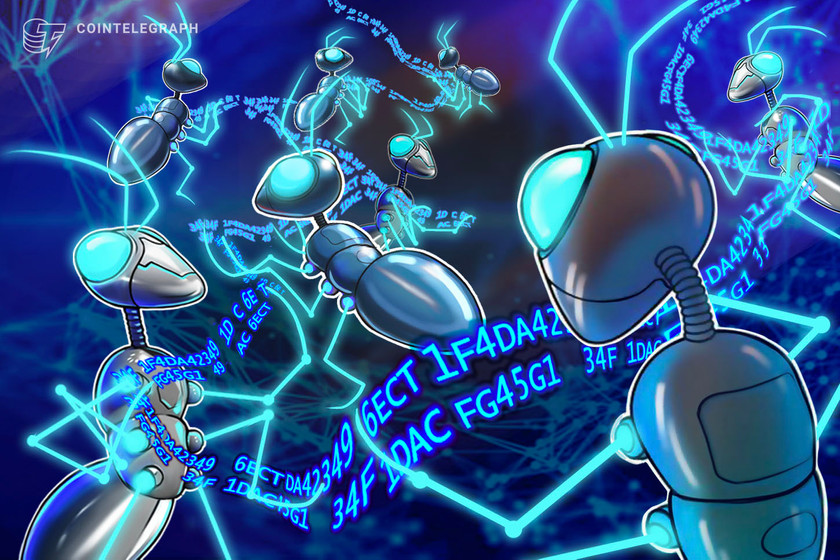Microsoft is developing its own AI chip to power ChatGPT: Report


The software giant is reportedly developing its own machine learning chips to power AI projects for OpenAI and its own internal teams.
Microsoft has secretly been developing its own artificial intelligence (AI) chips to deal with the rising costs of development for in-house and OpenAI projects, per a report from The Information.
Reportedly in the works since 2019, Microsoft’s recently revealed hardware venture appears to be designed to reduce the Redmond, Washington company’s reliance on Nvidia’s GPUs.
SCOOP: Microsoft has been developing an AI chip in-house since 2019, codenamed Athena.
Msft hopes the chip will help it control the cost of powering large-language models, the one behind OpenAI’s ChatGPT.
w/ @waynema https://t.co/m88oS1KSt7 @theinformation
— Anissa Gardizy (@anissagardizy8) April 18, 2023
A Google search reveals that the Nvidia H100, one of the more popular GPUs for training machine learning systems, costs as much as $40,000 on reseller services such as eBay amid increasing market scarcity.
These high costs have pushed several Big Tech companies to develop their hardware, with Meta, Google and Amazon all developing machine-learning chips over the past few years.
Details remain scarce as Microsoft hasn’t officially commented yet, but The Information’s report claims that the chips are being developed under the code name “Athena” — perhaps a nod to the Greek goddess of war, as the generative AI arms race continues to heat up.
Related: Italy ChatGPT ban: Data watchdog demands transparency to lift restriction
The report also mentions that the new chips are already being tested by team members from Microsoft’s internal machine-learning staff and OpenAI’s developers.
While one can only speculate at this time as to how OpenAI intends to use Microsoft’s AI chips, the company’s co-founder and CEO, Sam Altman, recently told a crowd at the Massachusetts Institute of Technology that the infrastructure and design that got the company from GPT-1 to GPT-4 is “played out” and will need to be rethought:
“I think we’re at the end of the era where it’s going to be these, like, giant, giant models. We’ll make them better in other ways.”
This comes on the heels of a busy news cycle for the AI sector, with Amazon recently entering the arena as a (somewhat) new challenger with its first self-developed models leaping onto the scene as part of its Bedrock AI infrastructure rollout.
And, on April 17, tech mogul and world’s richest person Elon Musk announced the impending launch of TruthGPT, a supposed “truth-seeking” large language model designed to take on ChatGPT’s alleged left-wing bias, during an interview with Fox News’ Tucker Carlson.





















